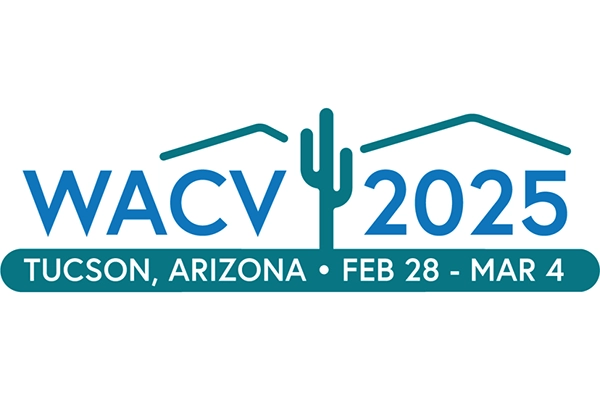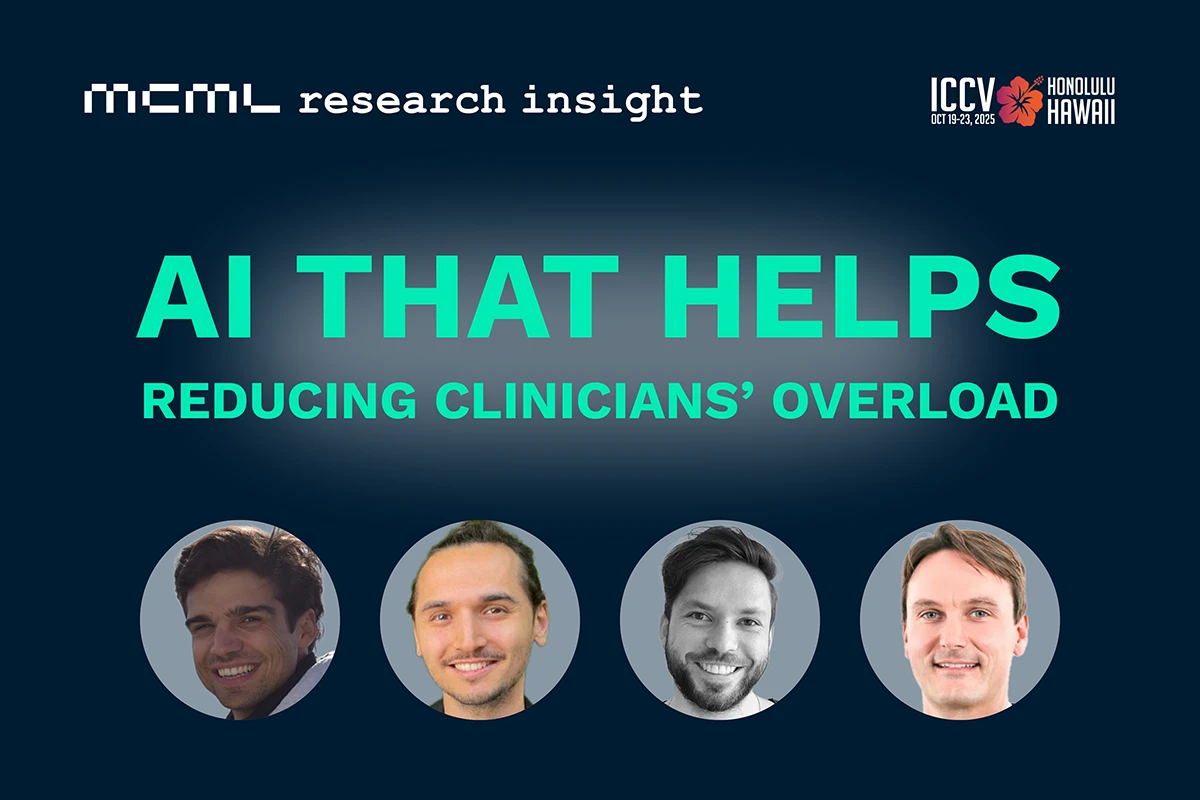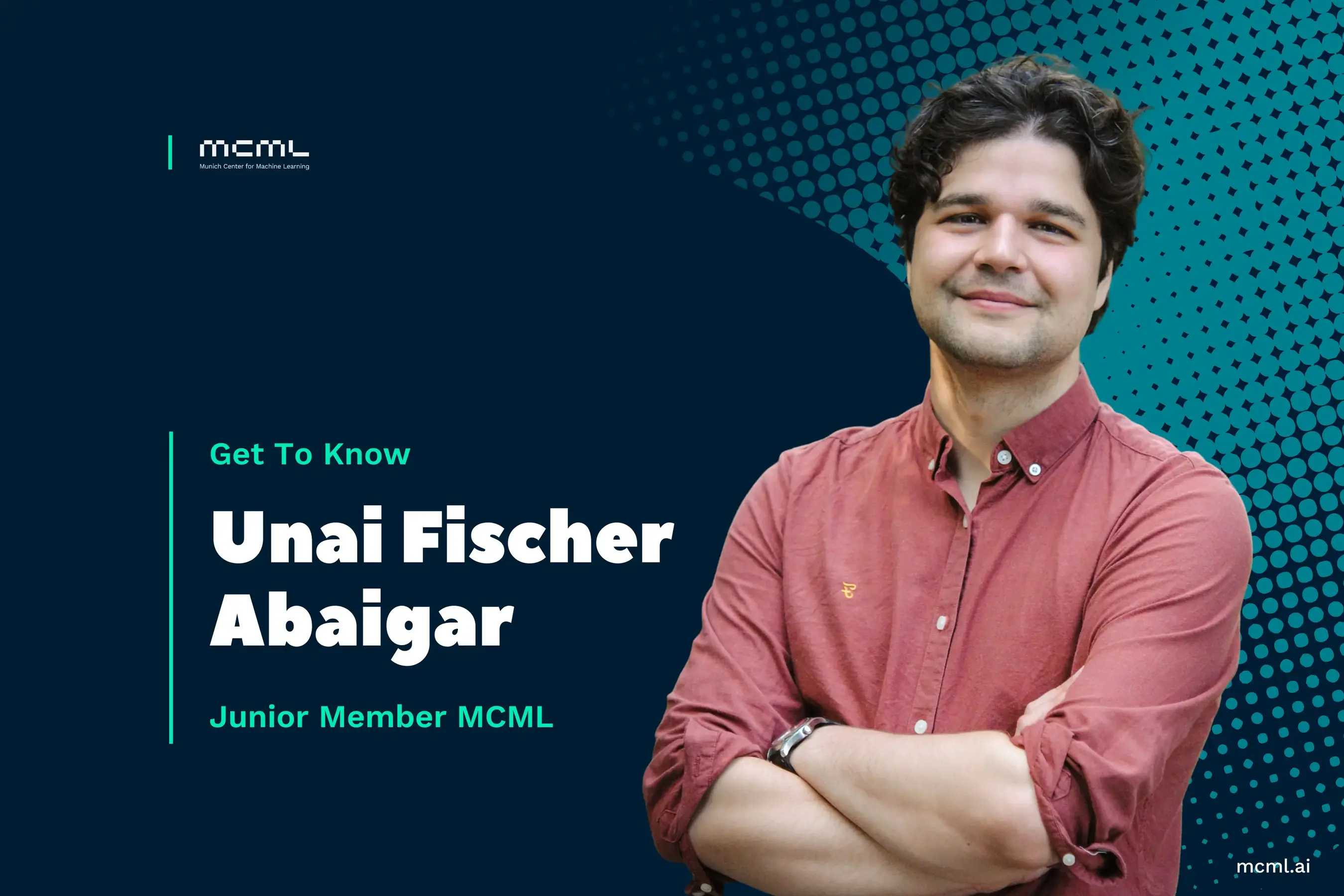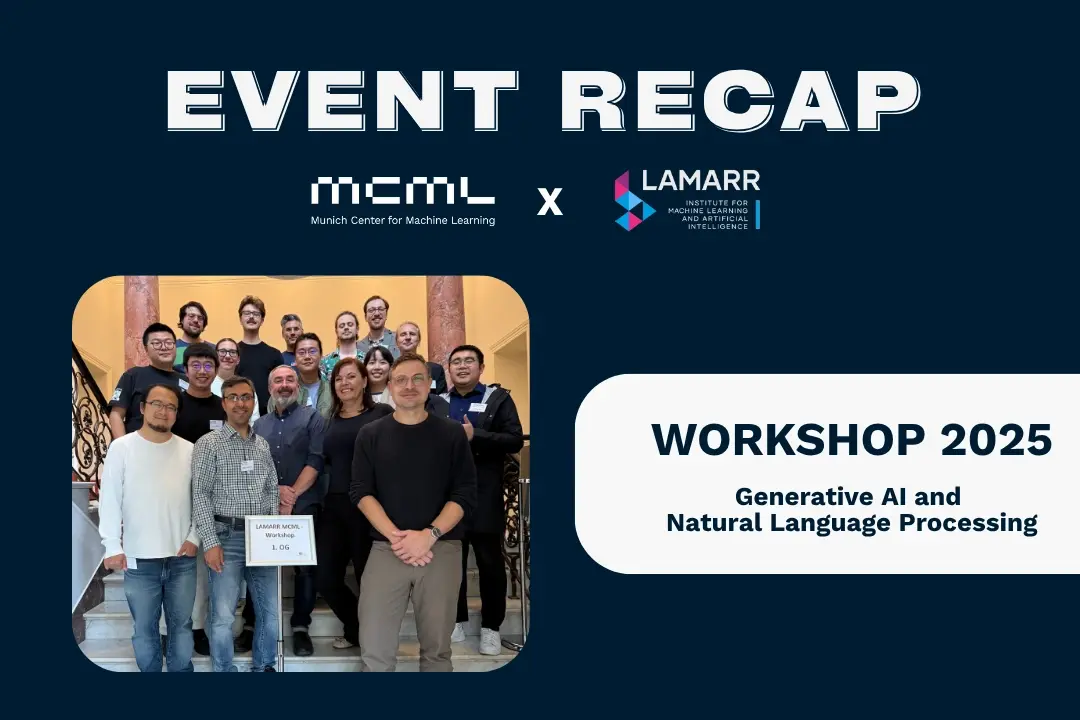27.02.2025

MCML at WACV 2025: Eight Accepted Papers
IEEE/CVF Winter Conference on Applications of Computer Vision (WACV 2025). Tucson, AZ, USA, 28.02.2025–04.03.2024
We are happy to announce that MCML researchers have contributed a total of 8 papers to WACV 2025. Congrats to our researchers!
Main Track (8 papers)
Perceive, Query & Reason: Enhancing Video QA with Question-Guided Temporal Queries.
WACV 2025 - IEEE/CVF Winter Conference on Applications of Computer Vision. Tucson, AZ, USA, Feb 28-Mar 04, 2025. DOI
Cross-Domain and Cross-Dimension Learning for Image-to-Graph Transformers.
WACV 2025 - IEEE/CVF Winter Conference on Applications of Computer Vision. Tucson, AZ, USA, Feb 28-Mar 04, 2025. DOI
Can Multimodal Large Language Models Truly Perform Multimodal In-Context Learning?
WACV 2025 - IEEE/CVF Winter Conference on Applications of Computer Vision. Tucson, AZ, USA, Feb 28-Mar 04, 2025. DOI URL
Distillation of Diffusion Features for Semantic Correspondence.
WACV 2025 - IEEE/CVF Winter Conference on Applications of Computer Vision. Tucson, AZ, USA, Feb 28-Mar 04, 2025. DOI
On Neural BRDFs: A Thorough Comparison of State-of-the-Art Approaches.
WACV 2025 - IEEE/CVF Winter Conference on Applications of Computer Vision. Tucson, AZ, USA, Feb 28-Mar 04, 2025. Oral Presentation. DOI
DiaMond: Dementia Diagnosis with Multi-Modal Vision Transformers Using MRI and PET.
WACV 2025 - IEEE/CVF Winter Conference on Applications of Computer Vision. Tucson, AZ, USA, Feb 28-Mar 04, 2025. DOI
ZAHA: Introducing the Level of Facade Generalization and the Large-Scale Point Cloud Facade Semantic Segmentation Benchmark Dataset.
WACV 2025 - IEEE/CVF Winter Conference on Applications of Computer Vision. Tucson, AZ, USA, Feb 28-Mar 04, 2025. DOI GitHub
CL-Cross VQA: A Continual Learning Benchmark for Cross-Domain Visual Question Answering.
WACV 2025 - IEEE/CVF Winter Conference on Applications of Computer Vision. Tucson, AZ, USA, Feb 28-Mar 04, 2025. DOI
#research #top-tier-work #cremers #kaissis #menten #rueckert #tresp #wachinger
Related

20.10.2025
Björn Ommer Appointed LMU Chief AI Officer
Our PI Björn Ommer has been appointed LMU’s Chief AI Officer to strengthen AI research and collaborations.

17.10.2025
MCML at ICCV 2025: 23 Accepted Papers (20 Main, and 3 Workshops)
IEEE/CVF International Conference on Computer Vision (ICCV 2025). Honolulu, Hawaii, 19.10.2025 - 23.10.2025

16.10.2025
SIC: Making AI Image Classification Understandable
SIC by the team of Christian Wachinger at ICCV 2025: Transparent AI for intuitive, reliable, and interpretable medical image classification.

09.10.2025
Rethinking AI in Public Institutions - Balancing Prediction and Capacity
Unai Fischer Abaigar explores how AI can make public decisions fairer, smarter, and more effective.
